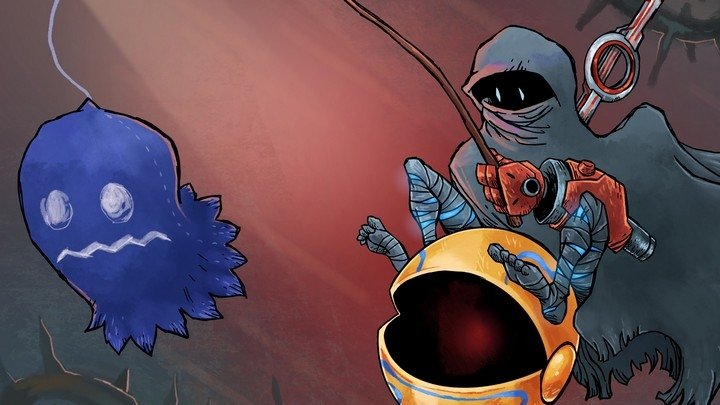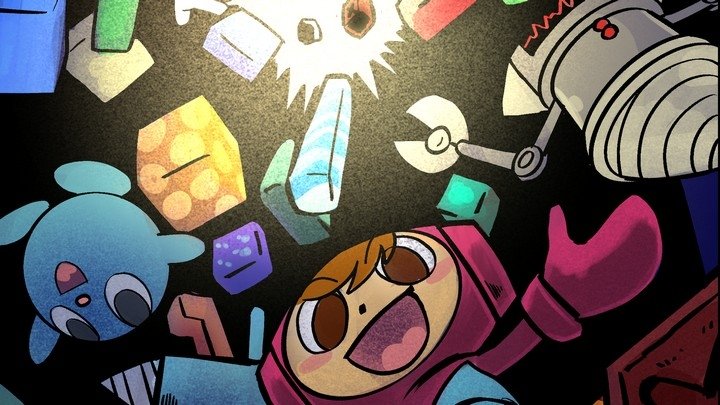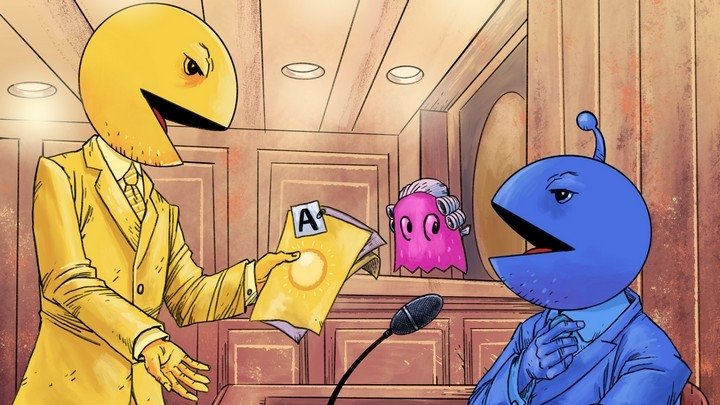Dream factory: How Super Mario Bros. 2 saved Mario's star status
Nintendo had to choose a sequel to their most popular game ever. They chose...wisely.
Today marks the 30th anniversary of Super Mario Bros 2: Mario Madness being released in the United States. It's one of my favorite games of all time and Retronauts has covered the game extensively in the past, including a full podcast earlier this year. But I want to take this opportunity to discuss how releasing Super Mario 2 - our Super Mario 2, not the Japanese original - was the key to Mario achieving legendary status.
It's hard to imagine, but there was a time when Mario was merely famous instead of a global icon. Since his first appearance (née Jumpman) in Donkey Kong, Mario spent most of the 80s doing whatever Nintendo needed him to do. Originally a carpenter according to DK lore, Mario (and his newly-discovered twin brother Luigi) became plumbers to justify the cleaning of pipes in Mario Bros but by the time the Famicom/NES era arrived, Mario was a guy capable of filling any role. He returned to his construction site roots in Wrecking Crew. He served as a referee in NIntendo sports titles like Tennis and Punch-Out!! He hung out and played golf in Golf. And when the Mushroom Kingdom was in peril, Mario put on his overalls and became a hero in Super Mario Bros.
Even limited to just this resume, Mario was the most famous name in video games by the time the NES became a phenomenon in the US in 1988. Strictly speaking the console "launched" in America three years earlier but console launches back then were not day-one events, they were regional rollouts with virtually no hoopla, so it took a few years for the console - and Mario - to become a household name. But even then, there was a large divide between "famous" and "video game famous." I know I had to explain to my parents why the Nintendo and Mario were important back when I enlisted their assistance in buying my NES in 1987. A year later 20/20 ran their infamous "Nuts for Nintendo" news segment about the video game craze. If John Stossel knows your name, you've made it.
It was smack dab in the middle of Mario's ascension from stardom to superstardom that Nintendo had a tough choice to make: what to do with Super Mario Bros 2? Their top brass knew the NES was slowly but steadily conquering the American market and Super Mario Bros, a pack-in title with most NES retail SKUs, was on its way to becoming the most successful video game of all time. They also knew they had a sequel already complete and available to export to the US, a Famicom Disk System title that had shipped in Japan back in June of 1986 -- less than a year after the original game's debut.
There was only one problem with Japan's Super Mario Bros 2: it's miserable.

I have not come here to bury SMB2JP; it is, ultimately, a competent sequel to a beloved classic that expands on the original game by upending paradigms assumed to be immovable (flying Bloopers? backwards Warp Zones? Castles in the sky!?). But it is, by design, a lot harder than Super Mario Bros, a game I was (and still am!) never able to finish without save states. So I am certain that 1988-me would have reacted to Japan's Super Mario Bros 2 exactly the same way that 2018-me does: with frustration, anger, and rejection.
Even if we ignore SMB2JP's extreme difficulty and cruelty, the game would have sold well to 1988 Americans hungry for more Mario adventures (and statistically speaking, thousands of them would have enjoyed it). Releasing it would have been a safe bet. However, it would have set a dreadful standard that betrayed Nintendo's own history of innovation over safety. Remember that video games, though often iterative, had a unique freedom when it came to sequels -- particularly during the 1980s. There was no obligation to make Part II just Part I wearing a new hat. As such, Nintendo never made a "Donkey Kong 2." Instead there was Donkey Kong Jr which reversed the roles of the first game and flipped the game's central mechanic from jumping to climbing and from horizontal to vertical. A third sequel, confusingly named Donkey Kong 3, dropped Mario from the rivalry altogether and shifted fundamentals again -- perhaps too far, given that history has all but forgotten it and hero Stanley the Bugman.
If SMB2JP had come out during the holiday season of 1988, it would have competed with Castlevania II and Nintendo's own Zelda II, two Famicom Disk System sequels to popular games that took radical departures from their predecessors, both of which featured open-world concepts that have become the backbone of countless modern games. Both of these games were also built to save players' progress, facilitating the ability to play for dozens of hours in search of secrets, a trick no NES Mario game ever achieved.
Fortunately, Nintendo happened to have a completely original Famicom Disk System game sitting in the can, one with bright colors and peppy music and, crucially, four heroes whom no one cared about. Instead of taking the safe bet, Nintendo spent a year polishing Yume Kojo: Doki Doki Panic and plugging Mario and three of his already-famous friends in the place of four forgettable licensed characters. The result was Super Mario Bros 2: Mario Madness, a fun romp that, while still featuring running to the right and jumping atop enemies, took chances that made it a new experience altogether.
It's a shame that, despite playing a critical role in Mario achieving fame beyond Hiroshi Yamauchi's wildest dreams, SMB2US isn't remembered fondly by all that many people. It's had its share of re-releases and ports, of course, but it was conspicuously absent from the recent launch of classic games on the Nintendo Switch (both Super Mario Bros and Super Mario Bros 3 made the cut). The game was eventually reverse-imported to Japan under the title Super Mario USA in 1992 to a cool reception five years after its previous incarnation and two full years after the Super Famicom and Super Mario World were released (when I play it in Japanese game bars, most patrons stare at the screen in disbelief). And in 2018 when the measuring stick of popularity is how many fans want to *ahem* smooch your video game's villain, Wartette aka Princess Mamuu barely made a blip during the recent Super Crown fanart bonanza. Alas.
Super Mario Bros 2: Mario Madness will always be my favorite 8-bit Mario adventure. Four different characters with unique properties meant I could play it and replay it for longer than the first game, while the compact length meant I could finish it much faster than the giant-sized third game. Which means on Christmas Day, 1988, SMB2US was the very first Mario game I was able to beat.
Perhaps tonight I will dream about that.




